
In the latest instalment of his popular fortnightly slot, Charles Hayward argues that the annual 82-race series has evolved into a powerful marketing tool – both at home and internationally
Despite initially being viewed with skepticism among certain sections of the racing community, the Breeders’ Cup has evolved almost out of all recognition since John Gaines tabled the concept at the 1982 Kentucky Derby awards luncheon.
What began as a one-day event featuring seven races at Hollywood Park on November 10, 1984, with purses totaling $10 million is now an international two-day affair, with a total of 14 championship races, all Grade 1 status, set to be contested at Keeneland in Lexington, Kentucky, on November 4-5. Each race at what is billed as the ‘World Championships’ is worth at least $1m, with total purses reaching $31m; every race at the 39th Breeders’ Cup will be broadcast live across the globe.
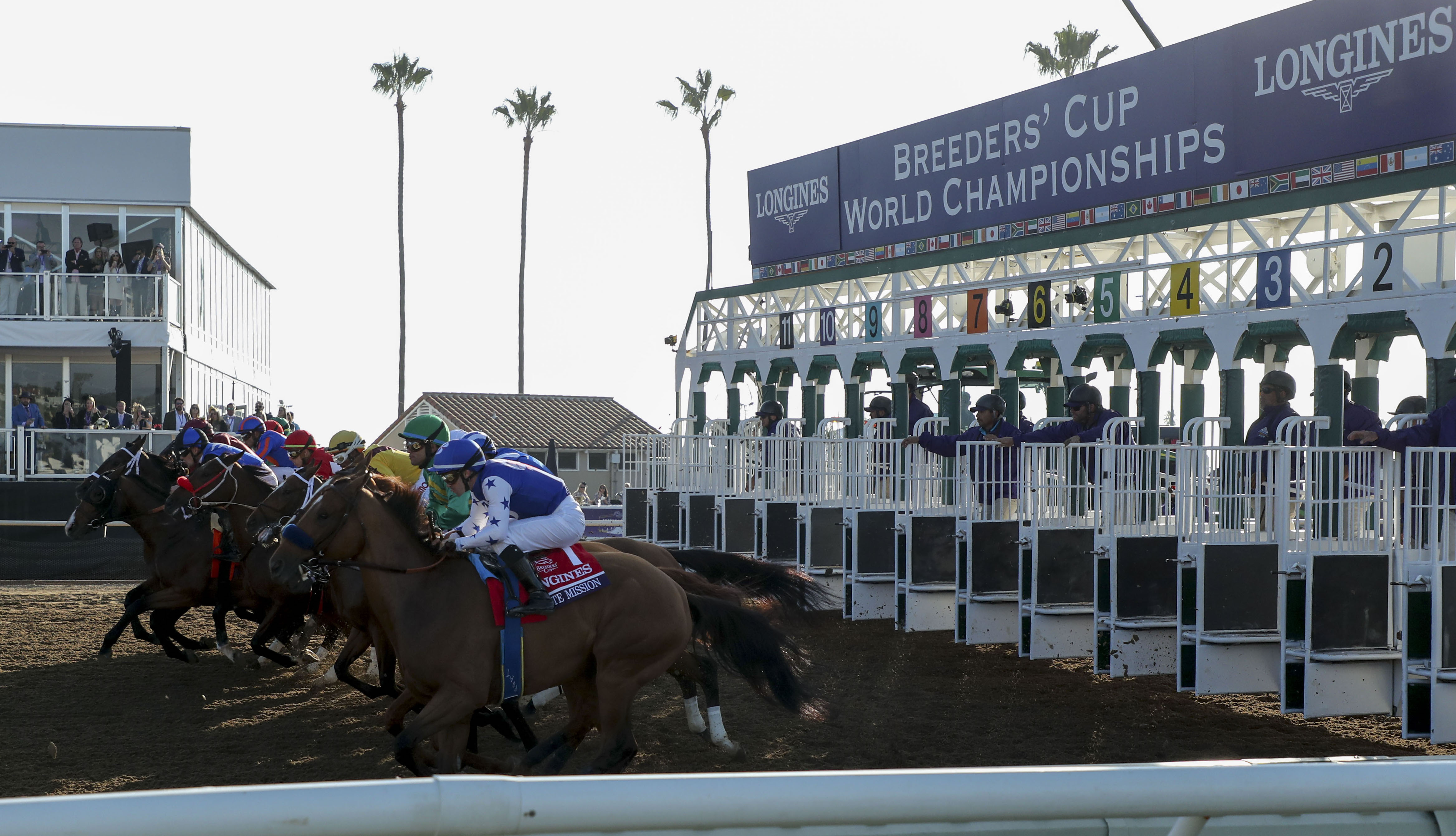 By any measure, the Breeders’ Cup is a success story; it is no exaggeration to suggest that it has changed the face of horse racing in the US and beyond.
By any measure, the Breeders’ Cup is a success story; it is no exaggeration to suggest that it has changed the face of horse racing in the US and beyond.
One factor in this successful expansion has been the Breeders’ Cup ‘Win and You’re In’ Challenge series, which – from relatively limited beginnings – is now a powerful program strongly supporting the championships with qualifying contests on five continents.
As well as the traditional Breeders’ Cup bases in North America and Europe, G1 races in South Africa, Argentina, Brazil, Chile and Peru now feature on the Breeders’ Cup Challenge schedule. Challenge winners from both Africa (Queen Supreme) and South America (Blue Stripe) ran at Del Mar in 2021.
Then, of course, there is Japan, a formidable racing superpower and growing force on the world stage whose horses left such an indelible mark with their historic double at last year’s Breeders’ Cup for pioneering trainer Yoshito Yahagi via Loves Only You and Marche Lorraine.
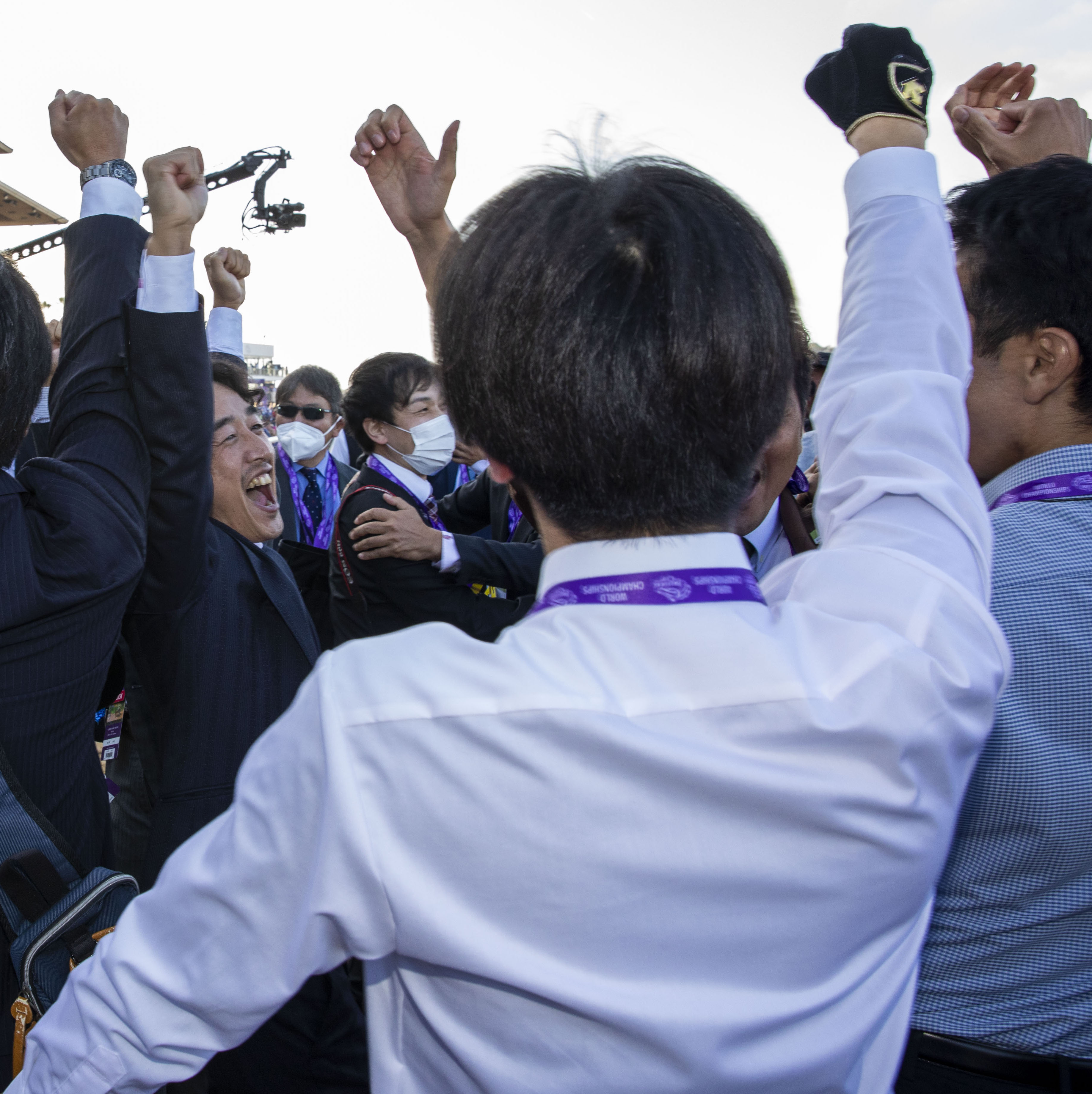 The advent of the ‘Win and You’re In’ Challenge dates back to significant changes made by the Breeders’ Cup Board back in 2006, when Greg Avioli took over as CEO.
The advent of the ‘Win and You’re In’ Challenge dates back to significant changes made by the Breeders’ Cup Board back in 2006, when Greg Avioli took over as CEO.
“This is an exciting time for Breeders’ Cup,” said Avioli. “We will continue to focus on growing the international market for our championships, creating a successful two-day event and promoting the Breeders’ Cup brand with both our television and sponsorship partners.”
In the hope of promoting the end-of-season championships, a raft of major domestic races were duly repackaged for 2007, when the Breeders’ Cup also became a two-day affair for the first time at Monmouth Park, where Curlin won the Classic.
The ambitions behind this ‘Win and You’re In’ Challenge were actually twofold, not only an attempt to draw the public’s attention to the Breeders’ Cup itself but also guide them to the sport’s biggest days, thereby providing the season-long narrative much loved by marketing types.
In retrospect, however, the scope of this inaugural Breeders’ Cup Challenge wasn’t enormous, featuring just 24 races at six tracks (Saratoga, Arlington, Del Mar, Belmont, Keeneland and Santa Anita), all of them in the US.
Still, every Challenge contest was televised live on ABC, ESPN or ESPN2 – and the 2007 initiative represented the beginning of a very important strategy for the Breeders’ Cup.
Now, after significant expansion to virtually every significant international Thoroughbred racing jurisdiction, there are 39 International qualifying events alongside 43 in the US – among the most recent was Flightline’s incredible display in the Pacific Classic – for a total of 82.
These races will include 60 G1 races, 15 G2 and seven G3 races. They feature three G1s plus a single G2 at Royal Ascot, four G1s in Japan, four G1s and a G2 at Ireland’s upcoming Champions Weekend, three G1s at Woodbine in two weeks, five G1s on Arc day at ParisLongchamp.
The benefits of the ‘Win and You’re In’ Challenge for horsemen are obvious. For example, Breeders Cup has allocated $5,180,000 in free entry fees – plus a $10,000 travel allowance for all starters within North America that are stabled outside of Kentucky and a $40,000 travel allowance to all starters from outside of North America.
Such has been the impact of the series that 40 Breeders’ Cup Challenge winners competed at the two-day championships at Del Mar, including five winners (Ce Ce, Corniche, Echo Zulu, Knicks Go, Yibir).
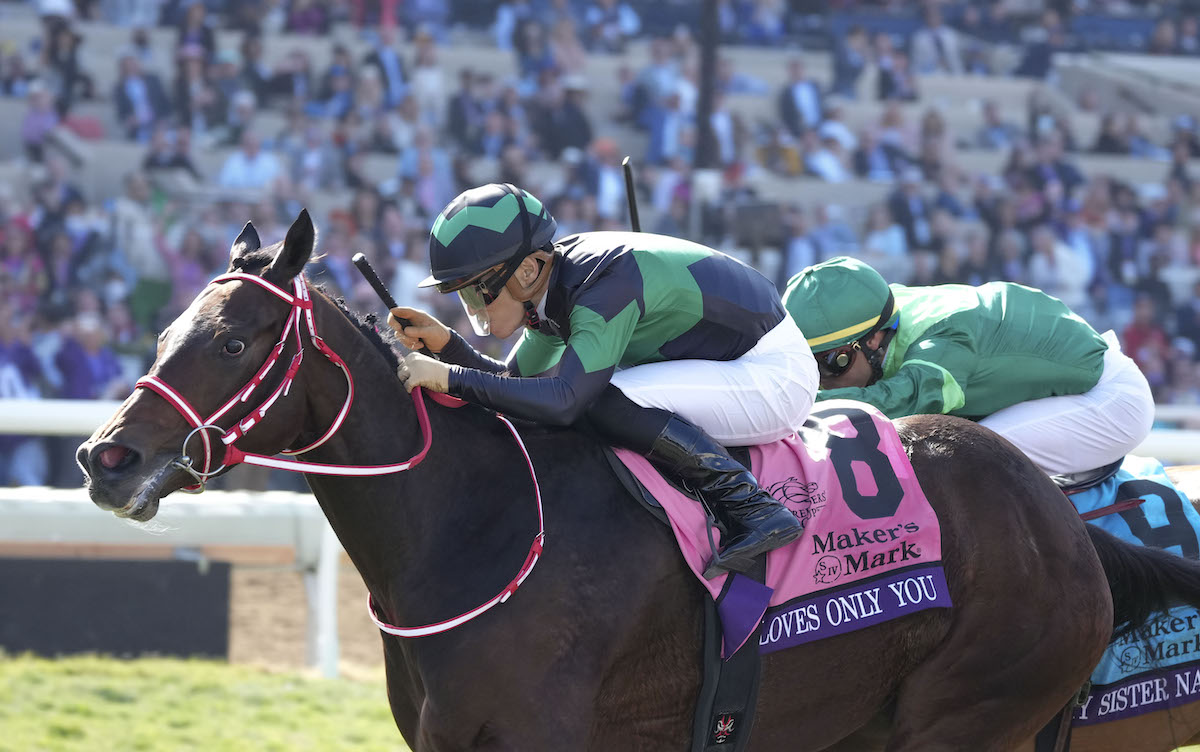 What is more, it is also worth noting that in support of the Horse Racing Integrity and Safety Act (HISA) signed into law in the US in 2020, medications will not be permitted to be administered within 24 hours for all Breeders’ Cup Challenge Series races.
What is more, it is also worth noting that in support of the Horse Racing Integrity and Safety Act (HISA) signed into law in the US in 2020, medications will not be permitted to be administered within 24 hours for all Breeders’ Cup Challenge Series races.
This hardline approach to the thorny subject of raceday medication was crucial when it came to attracting horses from Japan, the success of which at Del Mar I consider to be a hugely significant positive development.
I recently had the opportunity to discuss how the Breeders’ Cup executives work directly with other major racing jurisdictions with Dora Delgado, executive VP and chief racing officer at the Breeders’ Cup.
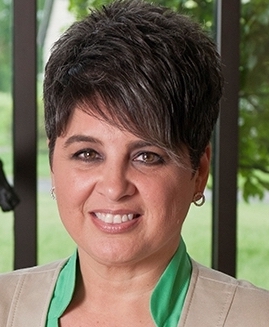 Here’s what she had to say: “In recent years the Breeders’ Cup has implemented an aggressive approach to international participation, particularly in Japan. The Breeders’ Cup World Championships is a non-invitational event and the competition to get the best horses in the world increases every year.
Here’s what she had to say: “In recent years the Breeders’ Cup has implemented an aggressive approach to international participation, particularly in Japan. The Breeders’ Cup World Championships is a non-invitational event and the competition to get the best horses in the world increases every year.
We must stay competitive by offering experiences that are unique to the Breeders’ Cup, to the host city, and the rewards and benefits that can help get them free entry and travel to the United States.
We provide a safe and secure quarantine barn and provide round-the-clock USDA and security monitoring so that the owner bears none of the expense for the required USDA veterinarian observations.
The banning of raceday medications also had a tremendous impact on the mindset of the Japanese as they felt this was an important step in providing a level playing field for international runners.
In 2021, as a result of our full-time representative Kate Hunter’s efforts in Japan (hired in 2017), we had a record eight pre-entries from Japan with seven Japanese horses participating.
An absolute storybook ending as they left Del Mar with two Championship winners and established a strong platform for future participation.
Japanese buyers invested more than $45m at the Fasig-Tipton and Keeneland November sales held immediately after the Championships which eclipsed their public sale purchases of approximately $20m annually in both 2020 and 2019.
Until 2021, the Championships had only seen 13 Japan based runners compete with the first one running in 199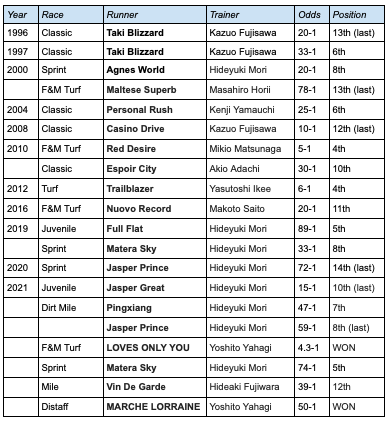 6 at Woodbine.
6 at Woodbine.
Total handle in Japan from the wagering that was allowed on the Maker’s Mark Breeders’ Cup Filly & Mare Turf, the FanDuel Breeders’ Cup Mile and the Longines Breeders’ Cup Turf was $11,736,793.
Targeting Japan provides not only an exceptional wagering opportunity for our overall handle but because they race on both surfaces, we are able to recruit both dirt and turf runners.
As racetracks struggle in the US to fill Graded stakes, opening the door to those races from overseas locations will help bolster Breeders’ Cup field size, extend our international audience and expand our stallion nomination program in Japan.
Japanese stud farms provide nearly $740,000 annually in stallion nomination fees and this provides a clear path for a return on their investment as well as their continued presence at North American sales.”
The Breeders’ Cup organization has powerful assets that could be utilized collaboratively with assets and media that racetracks control. It is important for the entire Thoroughbred racing industry to fully understand the power of the Breeders’ Cup marketing, distribution and broadcast reach. Racetracks and horsemen especially have media and content assets that could benefit from additional collaborations with the Breeders’ Cup.
The Breeders’ Cup organization has a great story to tell regarding their collaboration with racetracks, owners, breeders and media partners.
 With that in mind, the UK and Ireland remain very important markets for horses – and extensive TV coverage for viewing and wagering activity. Earlier this summer Breeders’ Cup announced multi-year agreements with ITV, Sky Sports Racing and Racing TV to continue their live TV and digital broadcast coverage.
With that in mind, the UK and Ireland remain very important markets for horses – and extensive TV coverage for viewing and wagering activity. Earlier this summer Breeders’ Cup announced multi-year agreements with ITV, Sky Sports Racing and Racing TV to continue their live TV and digital broadcast coverage.
However, the concerted and strategic efforts that the Breeders’ Cup executives undertook in convincing the Japanese to increase their participation was a massive accomplishment, deserving of several hearty pats on the back.
From almost nothing, the nation arrived mob-handed as last year’s Breeders’ Cup, where a truly dismal record was transformed at a stroke.
And yes, the Japanese record before 2022 really was abysmal. Japan had gone 0-for-13, none of their representatives ever having done better than fourth place. The first Japanese-trained Breeders’ Cup runner was Taiki Blizzard, last of 13 in the Classic at Woodbine in 1996. No fewer than six of the compatriots who followed him to North America before the exploits of 2021 also finished last.
In fact, two more Japanese-trained horses were last in 2021 – no wonder, then, that the victories of Loves Only You and 50-1 longshot Marche Lorraine were greeted with such fervour by the famously enthusiastic Japanese racing public.
Moreover, a potentially lucrative Asian market has been opened up. Fingers crossed, we can expect even more interest from Japan and maybe elsewhere for Breeders’ Cup 2022.
• View all Charles Hayward’s previous articles in his influential View from the Rail series
• Visit the Breeders' Cup website
The new Secretariat? Flightline earns extraordinary Beyer figure of 126 for Pacific Classic romp
Eddie Delahoussaye: I don’t like having rules made by people who don’t know anything about the game
World’s oldest Classic: Sheikh Mohammed’s St Leger winners ranked
Washington DC International: remembering the race that changed racing forever
Children of Secretariat: maintaining the famous family line to Secreto, Istabraq and Dare And Go
View the latest TRC Global Rankings for horses / jockeys / trainers / sires


